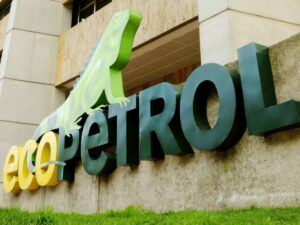
(Argus, 23.Sep.2020) — Ecuador will receive bids to operate its 110,000 b/d Esmeraldas refinery on 22 December, a process that marks the end of state-owned PetroEcuador’s downstream monopoly in the former Opec country.
In a tender timeline issued by the energy and non-renewable natural resources ministry, the refinery contract will be awarded on 12 February, 2021, opening a negotiation process with the winning bidder.
In the 25-year refinery contract on offer, PetroEcuador would continue to supply crude feedstock and would receive refined products in exchange for a per-barrel fee paid to the operator.
The refinery operator would invest an estimated $2.4bn, including the installation of deep conversion technology that would help to save some $300mn/yr in imports.
The government maintains that investments in the downstream asset will close a 60pc gap in domestic fuel supply, improve fuel quality to meet Euro 5 standards, and convert more residual fuel into about 45,000 b/d of clean products.
Ecuador’s fuel consumption is rising at a 4pc annual clip, a trend that will increase estimated 2030 deficits for gasoline to 85,000 b/d, diesel to 120,000 b/d and LPG to 40,000 b/d, the ministry says. Net imports are currently running around 227,000 b/d, with the forecast climbing to a total of 322,000 b/d in 2030.
The next phase in the process includes technical visits and a question-and-answer period with interested parties.
The refinery, located in the northwestern coastal province of Esmeraldas, was among the industrial assets engulfed in systemic corruption under the previous government of Rafael Correa, in which $2.2bn was spent onfaulty repairs.
Troubled Legacy
Under the current administration of President Lenin Moreno, Ecuador’s national oil industry has struggled to cope with the legacy of mismanagement and corruption. But this year’s introduction of market-based fuel pricing coupled with a sovereign debt restructuring has helped to improve Ecuador’s investment climate. A government plan to secure more oil-backed credit from China has not yet borne fruit.
Upstream, Ecuador’s crude production remains stagnant, after falling sharply as a result of mudslides that ruptured the country’s two main export pipelines in April. Current output of state-owned PetroAmazonas and other producers is about 500,000 b/d, according to regulatory data.
__________
By Patricia Garip

